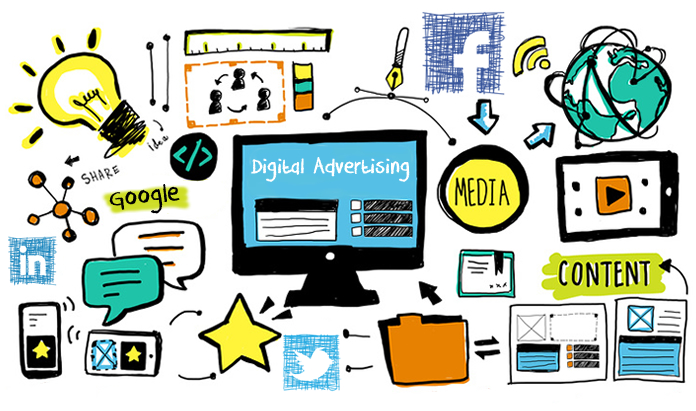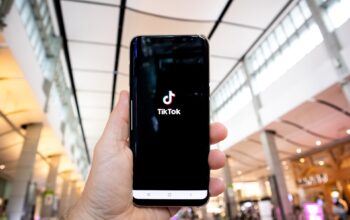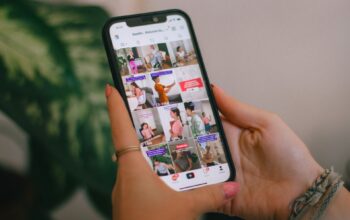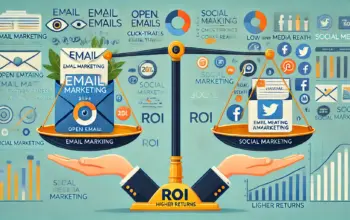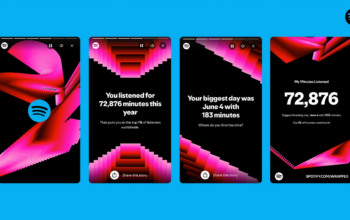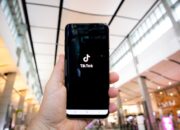As technology continues to advance at a rapid pace, digital advertising has become one of the most powerful strategies to reach a wider audience. Every year, digital marketing trends evolve, adapting to new technologies and shifting consumer behavior. In 2024, we’re seeing a major shift towards leveraging AI in digital advertising. From optimizing campaigns to enhancing customer service, AI is making a huge impact on how brands connect with consumers. But it’s not just AI that’s making waves—social commerce is also taking center stage, creating a direct link between consumers and the products they’re looking for. Want to know more? Let’s dive into the exciting trends shaping digital advertising this year!
AI-Driven Campaign Optimization in Digital Advertising
AI enhances digital advertising by analyzing large data sets to identify patterns, allowing brands to create personalized campaigns based on consumer behavior. It also helps optimize campaign management by automating budget allocation and predicting the success of different strategies, saving time and improving efficiency.
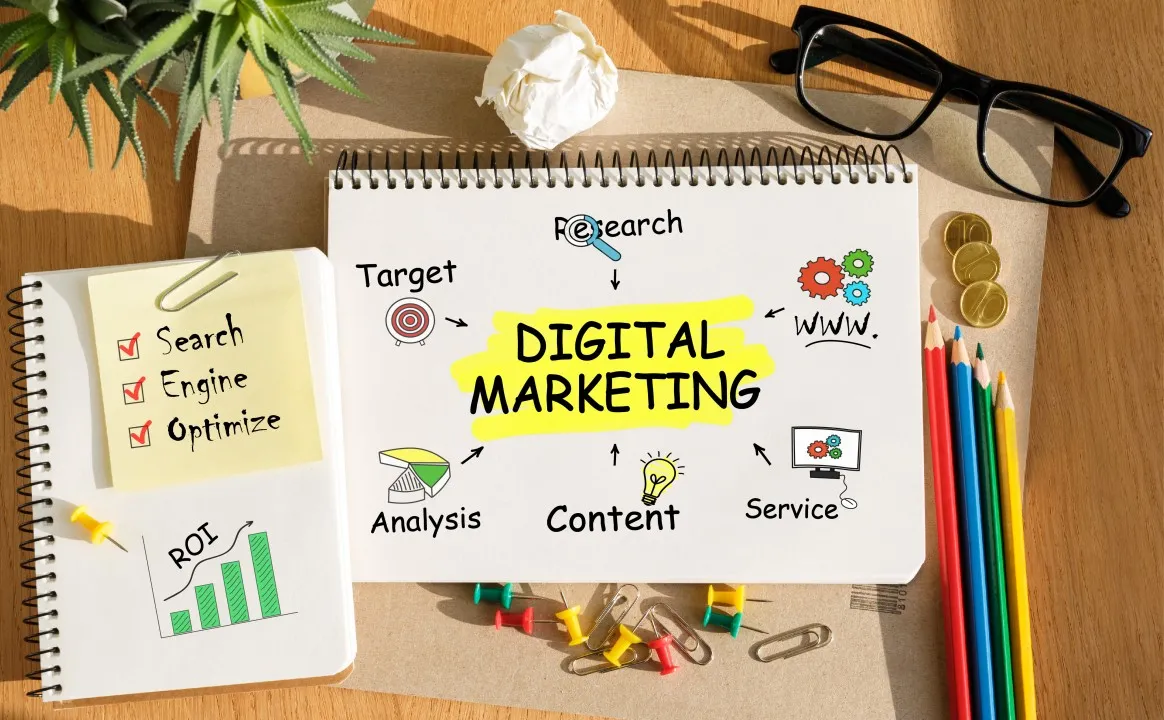
Social Commerce in Digital Advertising
Social commerce combines social media and e-commerce, allowing consumers to shop and engage with brands on the same platform. Platforms like TikTok and Facebook enable easy product discovery, live shopping, and interaction through comments and reviews, making digital advertising more interactive and personalized.
The Power of Short-Form Video in Digital Advertising
In 2024, platforms like TikTok, Instagram Reels, and YouTube Shorts are leading the digital advertising landscape. These short videos allow brands to engage audiences quickly and creatively, boosting brand awareness. With interactive features such as likes, comments, and shares, consumers can easily engage. Furthermore, linked to social commerce, these platforms enable brands to direct users to product pages seamlessly, enhancing the shopping experience.
AI-Driven The Digital Advertising

- Chatbot dan Customer Service
AI-powered chatbots are revolutionizing digital advertising by providing round-the-clock customer service. Thanks to Natural Language Processing (NLP), these chatbots can respond in a human-like and personalized manner, addressing customer needs at any time. As a result, they significantly improve efficiency by offering fast and relevant responses. Moreover, chatbots can even recommend products based on previous interactions, which not only enhances the customer experience but also supports marketing efforts by creating more targeted engagement.
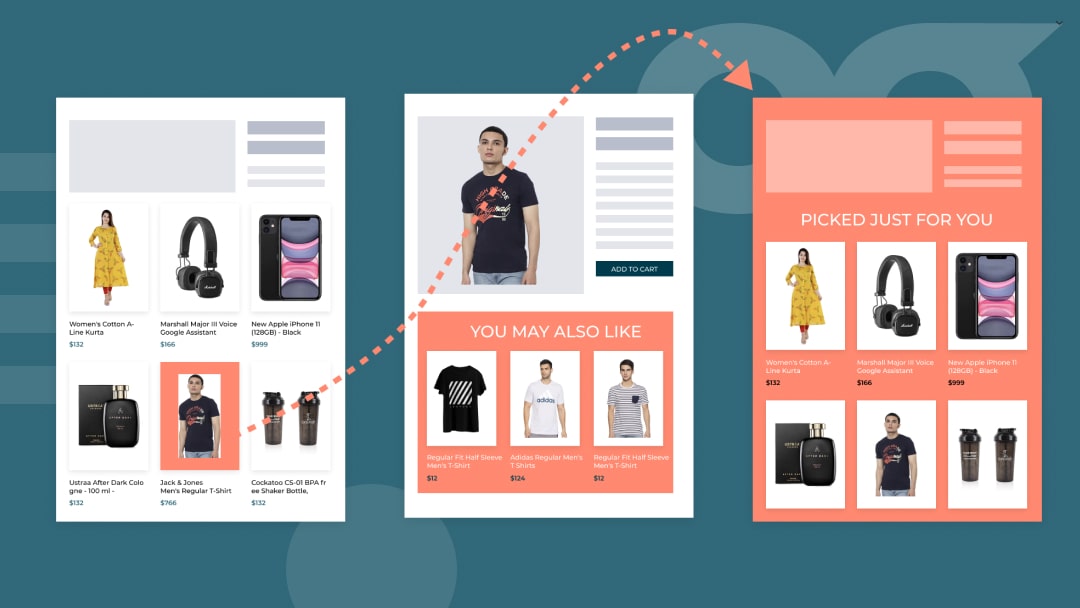
- Personalized Content Recommendations.
AI-driven technology analyzes customer data to deliver highly personalized product recommendations, similar to the way e-commerce giants like Amazon enhance user experiences with tailored suggestions.
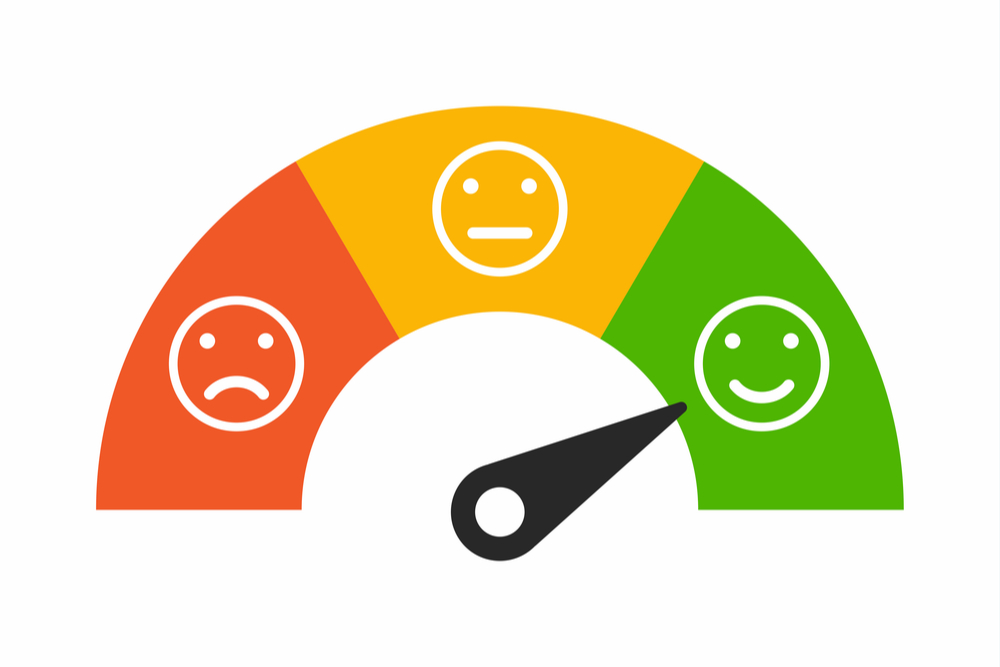
- Sentiment Analysis
AI scans customer reviews and social media comments to gauge public sentiment about products or services, helping businesses stay ahead of trends and fine-tune their marketing strategies.
- Predictive Analytics.
By studying historical data, AI can forecast future consumer behaviors. This allows brands to craft more targeted and effective marketing campaigns, ensuring they reach the right audience at the right time.
Hyper-Personalization in Digital Advertising
Hyper-personalization is the future of digital advertising. By using AI and data, brands can create customized recommendations, such as product ads and content suggestions, based on what each person likes. In addition, through segmentation and predictive analytics, brands can target consumers more accurately. This allows them to predict what customers might need in the future and deliver content that is relevant and timely, making it more engaging for the audience.
Boosting Trust with User-Generated Content (UGC)

User-generated content (UGC) is a powerful tool in digital advertising. Consumers trust product reviews from fellow users more than brand advertisements. By leveraging micro-influencers to create authentic product reviews, brands can build trust and expand their reach. UGC also integrates seamlessly with social commerce, allowing brands to add product links within the content itself, driving immediate purchases.

